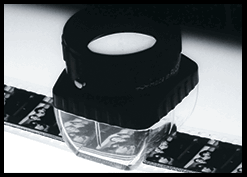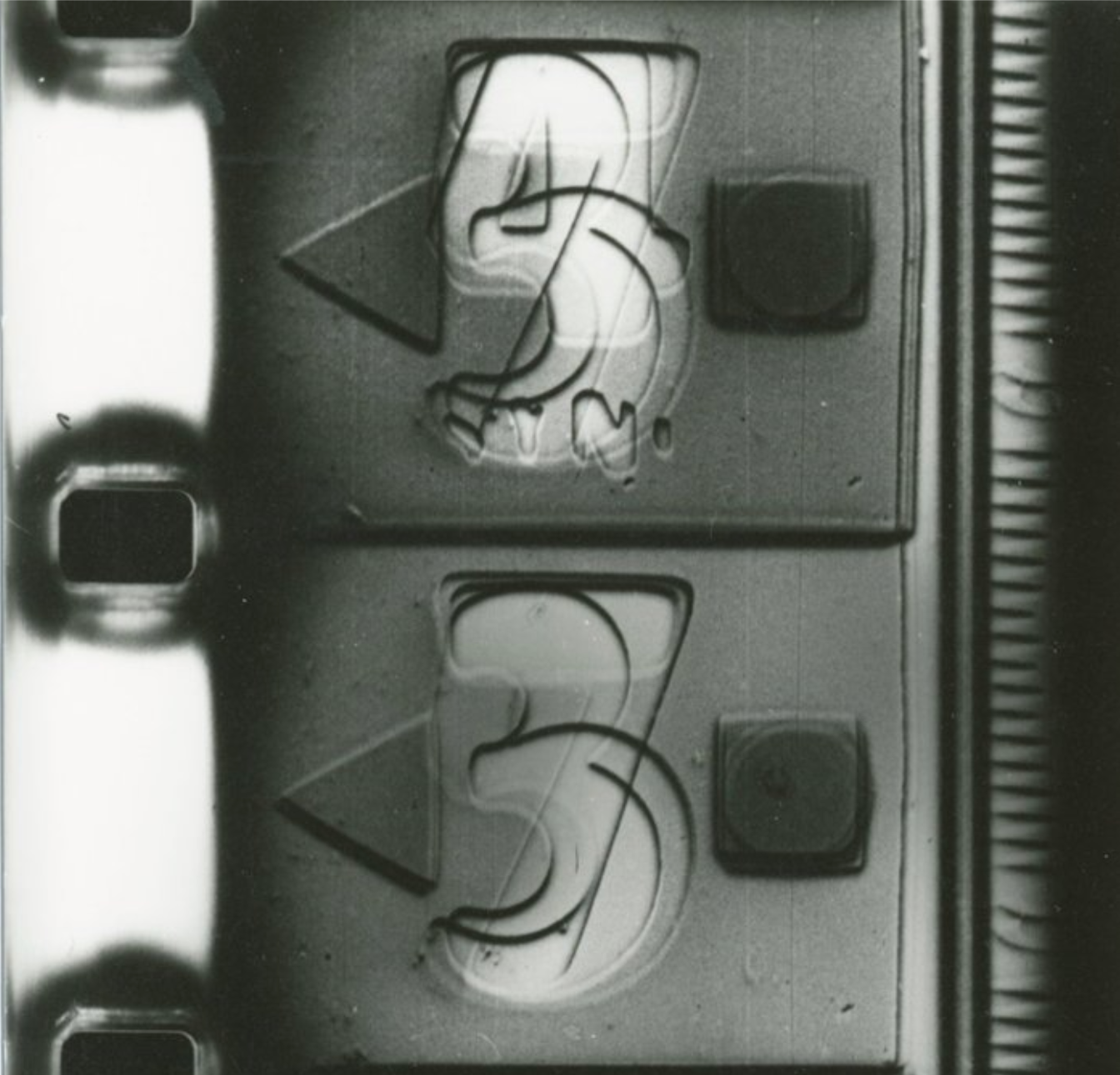Guy Sherwin's AT THE ACADEMY Screens at Light Industry on July 15th
/STILL: GUY SHERWIN’S AT THE ACADEMY (1974). SOURCE: LIGHT INDUSTRY.
On Thursday, July 15th, at 7pm, Light Industry will present a program of early films by Guy Sherwin, including his 1974 short AT THE ACADEMY. GME distributes AT THE ACADEMY in the Re:Voir Video DVD collection SHOOT, SHOOT, SHOOT: BRITISH AVANT-GARDE FILM OF THE 1960s & 1970s. This collection also features films by such avant-garde luminaries as Malcolm Le Grice, Mike Leggett, Peter Gidal, Stephen Dwoskin, Jeff Keen, William Raban, Chris Welsby, Annabel Nicolson, David Crosswaite, Lis Rhodes, Marilyn Halford, and John Smith.
As noted in Light Industry’s program notes for Early Films by Guy Sherwin:
As one of the core participants in the London Film-Makers’ Co-op, Guy Sherwin began making films during the collective’s rugged and rigorous 1970s heyday, when a generation of British artists used the organization’s ramshackle equipment to elaborate a distinctive workshop aesthetic, characterized by an untrammelled inquiry into the film medium’s material possibilities. Central to Sherwin’s practice from this era forward has been an expansion of artistic production not only into the field of post-production, but exhibition as well — for Sherwin, the camera becomes as important as the development tank, the optical printer, and the projector in the creation of the film.
Of AT THE ACADEMY in particular, Sherwin himself wrote:
[This film] was made during a period of raiding laboratory skips for junk film. It uses a very simple and highly unprofessional homemade printer. The found footage was hand-printed by winding it on a sprocketed wheel through a light beam. Because the light spills over the soundtrack area, the optical sound undergoes identical transformations to the image. I programmed the printing so that the image gradually builds up in layers superimposed, slightly out of phase, moving from one up to twelve layers. This has the effect of stretching or decelerating individual frames from 1/24th of a second to 1/2 of a second, causing them to fuse with adjacent frames. A separate concern in the film is the game it plays with the audience’s expectations.


